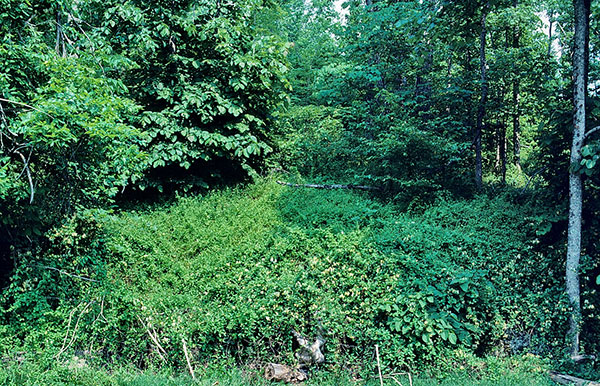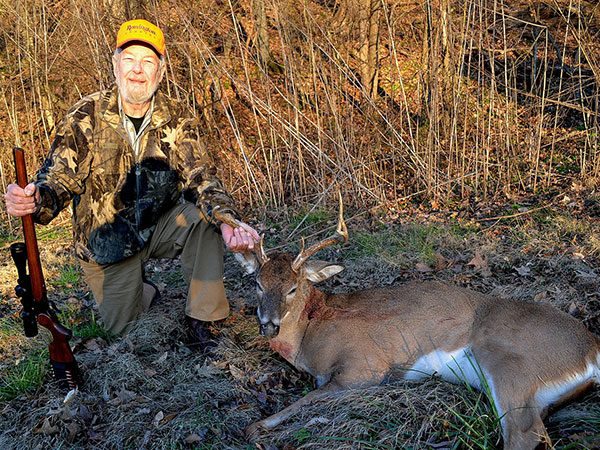
Honeysuckle is a favorite food for deer, wild turkey, quail and rabbit. It also serves as an excellent cover for wildlife. It occurs in the wild throughout much of the U.S.
Usually, when you read about a food plot crop you read all the about all the wonderful values of the plant or plant mix. Catch words such as nutritious, high protein, drought hardy, etc. are often used to describe the plant. However, when you mention Japanese honeysuckle the first thing you hear is pest, weed, invasive, snake cover, etc. In the right place, with the correct management, this honeysuckle can be all the good things better known crops planted for wildlife are, and more.


